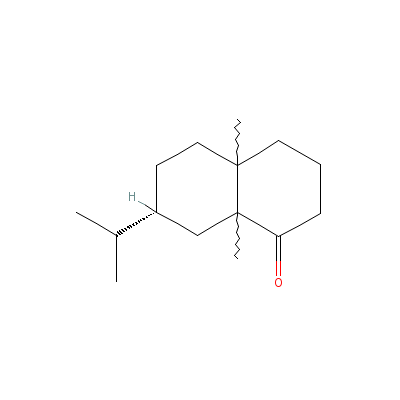Nardostachys grandiflora DC. |
| |
|
|
Botanical Name |
: |
Nardostachys grandiflora DC. |
English
Name |
: |
Indian Spiknard, Nard, Spikenard |
Synonym(s) |
: |
Nardostachys jatamansii (DC.) |
Family |
: |
Valerianaceae |
| |
General Info
| Description |
 |
|
Perennial, erect herb, 10 to 60 cm. Rootstock stout, long, covered with fibres from the petioles of withered leaves. Stem pubescent upwards, glabrous below. Radical leaves 5-20 x 2.5 cm, spathulate, glabrous or slightly pubescent; cauline leaves 1 to 2 pairs, 2.5-7.5 cm long, sessile, sub-ovate. Flower heads 1 to 5; flowers rosy pale pink or blue; bracts 4 to 6 mm, pubescent; corolla tube 6 mm, hairy inside. Fruits 4 mm, obovate, flattened. |
| Herb Effects |
 |
|
Antispasmodic, antiarrhythmic and lowers blood pressure (essential oil); stimulant (root); tranquillizing (in monkeys and mice) carminative, deobstruent, deodorant, diuretic, emmenagogue, laxative, nervine, sedative, stomachic. |
Chemistry
| Active Ingredients |
 |
|
Sesquiterpenoids (rhizome); actinidin and jatamansone. |
| Chemistry
of Active Ingredients |
 |
|
|
 |
Name |
CAS# |
IUPAC Name |
Formula |
Structure |
 |
|
| Actinidin |
39279-27-1 |
Not Available |
Not Available |
|
| Jatamansone |
5090-54-0 |
4a,8a-dimethyl-7-pro
pan-2-yl-decalin-1-o
ne |
C15H26O |

|
|
Pharmacology
| Medicinal Use |
 |
|
Used in the treatment of epilepsy, hysteria and convulsive affections, nervous indigestion, insomnia, depression and tension headaches; heart disorders and as a stimulant (root). Externally, it is used as a deodorant and to treat rashes. |
| Contraindication |
 |
|
Caution during pregnancy. High doses will cause nausea, colic and urinary problems. |
| Reference |
 |
|
 Chandel et al., Biodiversity in Medicinal and Aromatic Plants in India . Chandel et al., Biodiversity in Medicinal and Aromatic Plants in India .
|
Dealers
Products
|
|